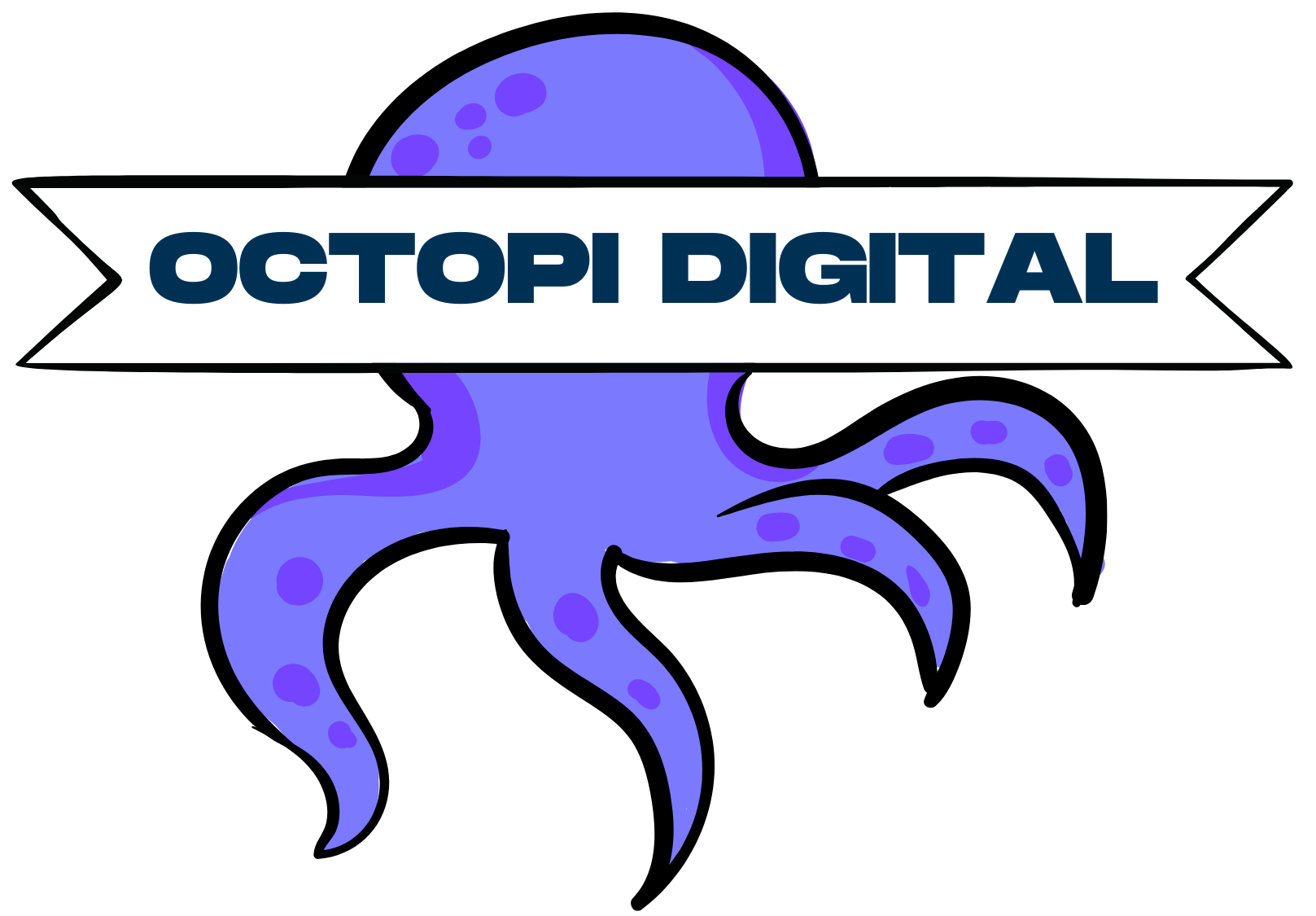Utilizing Python for Data Science Projects
Python is one of the most popular programming languages in the world, and is widely used in data science projects. Python’s robust libraries, powerful analytics tools, and flexibility make it ideal for data scientists. In this article, we’ll explore the basics of using Python for data science projects, with a focus on the libraries pandas, numpy, statsmodels, and matplotlib.
What is Data Science?
Data science is a field of study that combines mathematics, programming, and domain expertise to extract insights and knowledge from data. It’s a multidisciplinary field with a focus on analyzing and interpreting data to uncover meaningful patterns and trends.
Why Use Python for Data Science?
Python is an ideal language for data science projects due to its powerful libraries, ease of use, and flexibility. The most popular Python libraries for data science are pandas, numpy, statsmodels, and matplotlib.
Pandas Library
Pandas is a powerful library that enables data scientists to quickly and easily manipulate data. Pandas allows for the creation of data frames, the manipulation of data in columns, and the calculation of summary statistics. It’s also capable of integrating with other popular libraries such as numpy to facilitate advanced analytics.
Numpy Library
Numpy is a library that enhances the capabilities of pandas. Numpy enables the calculation of mathematical operations on arrays and matrices, which can be used to analyze and interpret data. It also has functions for computing basic statistical measures such as mean, variance, and standard deviation.
Statsmodels Library
Statsmodels is a library that enables the application of advanced statistical techniques. It allows users to perform linear and nonlinear regression, hypothesis testing, and analysis of variance. It also offers powerful plotting capabilities.
Matplotlib Library
Matplotlib is a library that enables the creation of data visualizations. It supports the creation of line graphs, bar charts, scatter plots, and other types of graphs. It also includes tools for adjusting graph properties such as fonts, colors, and line widths.
Using Python for Soccer Predictions at Octopi Digital
At Octopi Digital, we use Python for data science projects, including the development of a model that predicts the outcome of a given soccer game in the English Premier League. We built this model using Poisson Distribution and the well-recognized Dixon Coles model. The model generates attacking and defending strengths for each team, and predicts the goal outcome for head to head match ups. Using these data points, we generate our own probabilities of who will win the game.
Conclusion
Python is one of the most popular programming languages in the world, and is widely used in data science projects. Its robust libraries, powerful analytics tools, and flexibility make it ideal for data scientists. At Octopi Digital, we utilize Python for data science projects, including the development of a soccer prediction model. To learn more about this model and how it works, click here.

